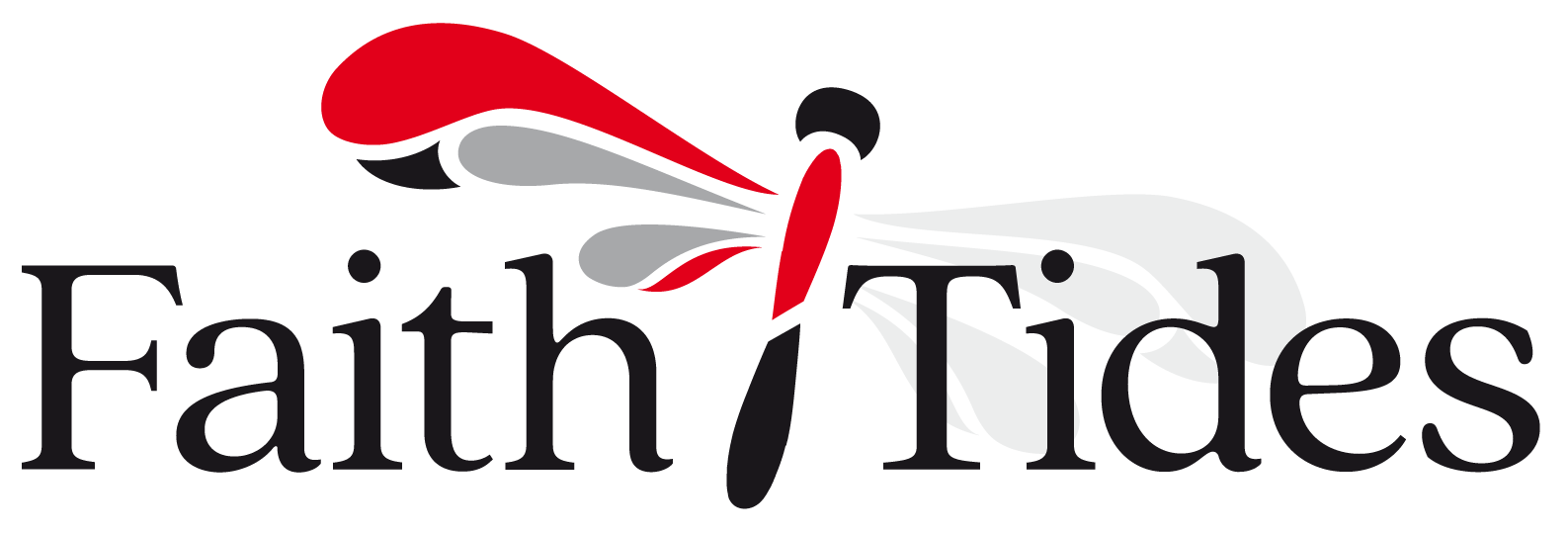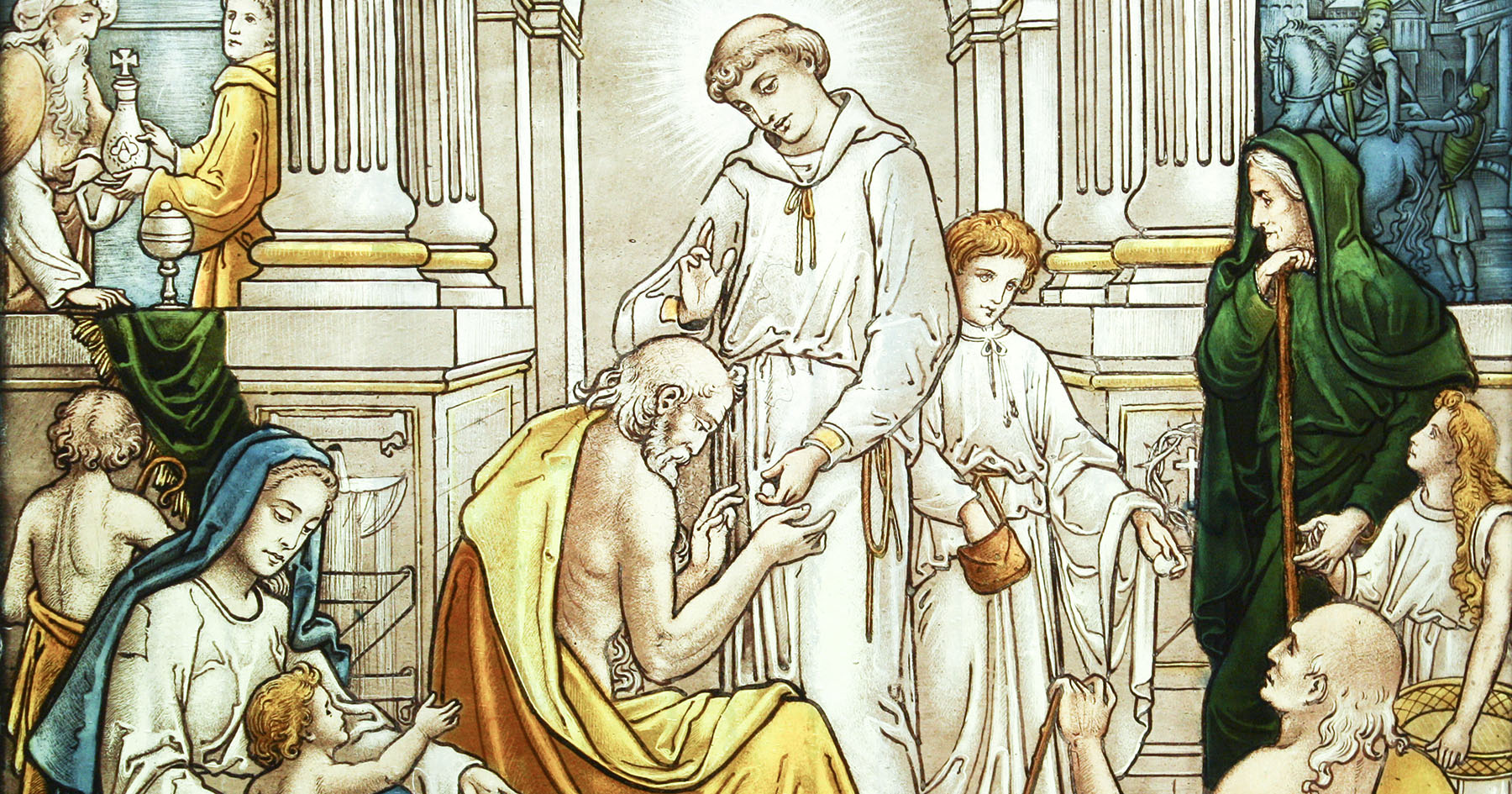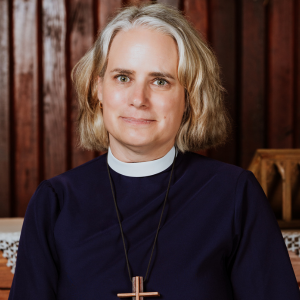Fall is traditionally the time for stewardship in the church. We should ask of ourselves — what portion of what we have been blessed with, do we think we might be able to return for the good of the whole, and that we might make pledges to our parish for our giving the following year? It is these offerings that sustain our life and ministry together as parishes and as a diocese. They enable us to worship, to gather, to serve, to witness and to reconcile.
While the generosity of our membership is steadfast and faithful, it is becoming increasingly clear that the entire funding model that we as parishes and as a diocese employ needs to be revisited and reimagined. Many of our churches are struggling to bring in enough offerings to provide salaries, maintain buildings and pay their apportionment to the diocese. Increasingly, parishes are turning to the diocese to cover operational shortfalls and capital requirements. The issue is that most of the income the latter has comes from parish assessments, thus our ability to help parishes is limited. The diocese has approximately $3 million in non-restricted funds available for use. In truth, it would not be difficult to spend the entirety of this amount in a single year to simply help a few struggling parishes.
In order to ensure our shared future, we are going to need to help one another. Instead of assuming that it is up to each individual parish to be self-sufficient and sustainable, we need to think as a diocese how we can best leverage our shared assets for our shared future.
For instance, in 2022, the diocese sold the St Columba property in Strawberry Vale, Saanich and invested the proceeds in a property redevelopment fund. That fund currently has about $700,000 in it. The intention is that this is a rotating fund providing seed capital for parishes looking to do redevelopment. If and when those properties realize gains from redevelopment, the first draw on that income will be paying back the property redevelopment fund so that other parishes can also have the opportunity to also explore redevelopment.
However, as important as it is that we be wise stewards of our shared capital and financial assets, we must always remember that the true wealth of the church is its people.
I find it helpful, whenever I find myself worrying about the church’s finances or its buildings, to come back to the story of Saint Laurence, a deacon of the church in Rome in the third century. Laurence assisted the bishop at the service by reading the gospel and administering the cup. He also had charge over the money of the church, and his duty was to make sure it was used for the relief of the poor and the needy.
Life was not easy for Christians at this time. Many Roman emperors used those who followed this faith as scapegoats for various troubles including fires, earthquakes and the state’s financial woes. In addition, a good number of rulers required all citizens to sacrifice to the Roman gods or else be killed. Needless to say, there were many martyrs.
In the year 258, Emperor Valerian had Laurence, his bishop and several other clergy arrested They were all put to death, except Laurence. He was released and given three days to return with the church’s wealth. When Laurence later appeared before the emperor, many people — even the sick, beggars and widows — came with him. When he was asked to hand over the riches, Laurence pointed to those around him and pronounced, “This is the church’s wealth.” Laurence was consequently martyred.
We honour Laurence’s witness when we acknowledge that the church’s money and buildings are not in fact its wealth — our wealth is our people. Our assets are nothing more and nothing less than the tools we use to live out our baptismal covenant.
As we move into the future together, we need to look at our shared assets and ask ourselves how best to leverage them so that we can, as the body of Christ in this part of God’s Creation, live into the first and great commandment — to love God and to love and serve our neighbours as ourselves.




